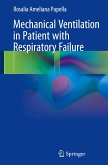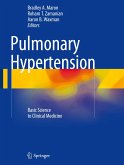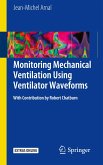This book presents the latest scientific knowledge on the role of pollens in triggering respiratory allergies and offers up-to-date guidance on the diagnosis, treatment, and prevention of pollen allergy. Detailed information is supplied on allergenic plants and on the complex associations between pollen allergy and local weather conditions, air pollution, and climate change. Readers will learn how climate change in particular is impacting on pollen concentrations, pollen allergenicity, the pollen season, and plant and pollen distribution. A further important feature is the presentation of a forecasting system for allergenic pollens that takes into account a variety of meteorological factors and is designed to be of benefit to allergy patients. This up-to-date scientific knowledge is complemented by clear guidance on all aspects of the management of pollen allergy. The closing chapters address global trends in allergy research and future prospects for pollen allergy. The book willappeal both to researchers seeking state of the art information on the topic and to clinicians wishing to optimize patient care.








